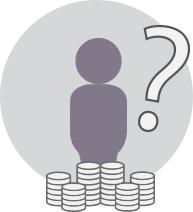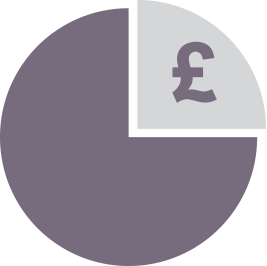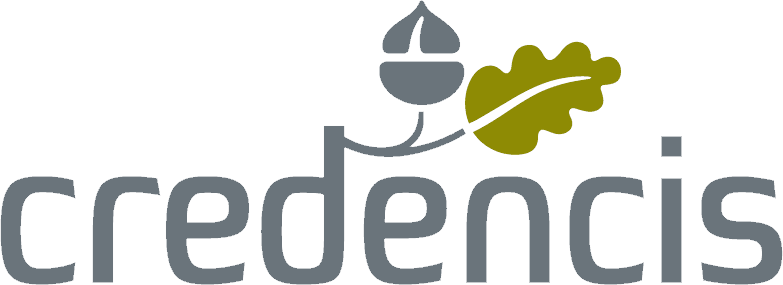Your Pension Options
What options do you have at retirement?
The way you access your funds at retirement will depend on the type of pensions you hold.
Your State Pension and defined benefit (DB) schemes will likely pay a regular monthly income.
Pension Freedoms, however, mean that you have more options and greater flexibility when choosing how to access your defined contribution (DC) pension pot. These flexible options usually require you to take greater responsibility for managing your budget and you’ll need to keep track of your own withdrawals.

Here are the main ways you can access your pension income in retirement.
An Annuity
You might use your pension fund at retirement to “buy” a guaranteed income for life. This is known as an “annuity”.
You pick the basis for your payments, including the frequency and any additional benefits, and the pension option you choose provides regular payments for the rest of your life. Additional benefits might include an annuity that increases each year to combat inflation, or one that offers a spouse’s pension.
An annuity is inflexible but stable. A regular, known income also makes budgeting simpler.

You can usually take up to 25% of your pension pot as tax-free cash. This must be taken at the point your pension starts and is known as a “pension commencement lump sum” (PCLS). Your annuity will be purchased from the amount that remains after the PCLS is taken.
The amount of tax-free cash you take will affect the size of the pension you receive, as will any additional benefits you choose.
Drawdown
Drawdown allows you to take funds from your retirement pot more flexibly than an annuity allows. Rather than using your whole fund to purchase a regular income, you decide when and how much you withdraw – or “drawdown” – from your pot.
The amount that you don’t take remains invested. There are two main types of drawdown: “flexi-access” and “phased”.
Flexi-access drawdown
If you opt for flexi-access drawdown at retirement, you can take up to 25% tax-free cash while leaving the remaining 75% invested.
When, and how much, you withdraw from your fund is up to you. Each withdrawal you make will be taxed as income and it is your responsibility to budget effectively, ensuring you don’t run out of money.
Your remaining pot stays invested, and therefore exposed to investment risk. You’ll need to take this into account when planning your withdrawals.
Flexi-access drawdown can have tax benefits on death. Unused pension funds don’t count towards the value of your estate for Inheritance Tax (IHT) purposes and so, in some cases, can be passed on tax-free.
Phased drawdown
With phased drawdown, you take chunks of your overall pension pot as and when you need to. Each withdrawal contains a 25% tax-free cash element, with the remaining 75% taxed as income at your marginal rate.
Whatever you don’t take stays invested, exposing that amount to investment risk, as well as to the potential for continued growth.
Because phased drawdown involves a tax-free cash element, the amount of tax-free cash you can take when you retire fully is decreased. But, taking small amounts of cash regularly could lessen your overall Income Tax liability compared to other options, such as a lump sum.
As with flexi-access drawdown, unused funds remain outside of your estate for IHT calculation purposes.
An uncrystallised funds pension lump sum (UFPLS)
When Pension Freedoms were introduced in 2015, it became possible to take your entire pension pot in one go. This is known as an “uncrystallised funds pension lump sum” (UFPLS).
You can withdraw some or all your pension fund as a lump sum, 25% of which will be tax-free, with the rest taxed as income. If you choose to take a partial UFPLS, your residual fund remains invested.
Taking a large pension amount in one go can be a good choice if you have big-ticket items planned for the early years of retirement, such as world travel or house renovations. You will need to budget responsibly though, as once you have taken the full amount, the onus is on you to ensure your pot doesn’t run out.
Also, be aware that a one-off payment could push you into a higher tax bracket. Speak to us if you need help understanding the tax implications of your chosen option.
A mixture of options
You don’t need to choose just one option. Different options might be right for you at different times during your retirement.
The age at which you retire, what you plan to do in retirement, and any non-pension income you might have to supplement your pension income could all alter your decision.
If you are planning a phased retirement, you might opt for a phased drawdown, increasing your withdrawals as your employment income decreases. A cliff-edge retirement might make a partial lump-sum a good option.
Having more than one pension pot also allows you even greater flexibility. You might use one to provide an annuity to cover fixed monthly outgoings, while you flexibly drawdown from another to fund discretionary expenses and one-off luxuries.
Not taking your pension at all
There are advantages to keeping your pension funds invested, if this is affordable.
Not only will you continue to benefit from investment growth and the effects of compounding, but unused funds fall outside of your estate for Inheritance Tax (IHT) purposes. You could pass 100% of your unused pension funds to the next generation in some circumstances.
You’ll need to contact your pension provider to appoint a pension beneficiary.
In the event of your death before age 75, your unused funds will pass to your beneficiary, usually tax-free. You can still pass unused pension funds to a beneficiary on death after age 75, but the amount will be taxable at their marginal rate.

What will Credencis do for me?
The years of working experience in the pensions and savings industry have provided a wealth of accumulated knowledge that we use to help people who are planning for their retirement. Organising an income for retirement can be a complex and protracted task, Credencis can give you the informed, expert guidance to lead you through the steps.
Need advice? We can help.
Just a thing to remember, the initial consultation doesn’t cost you anything, so by all means, feel at ease to ask a question to one of our advisers
